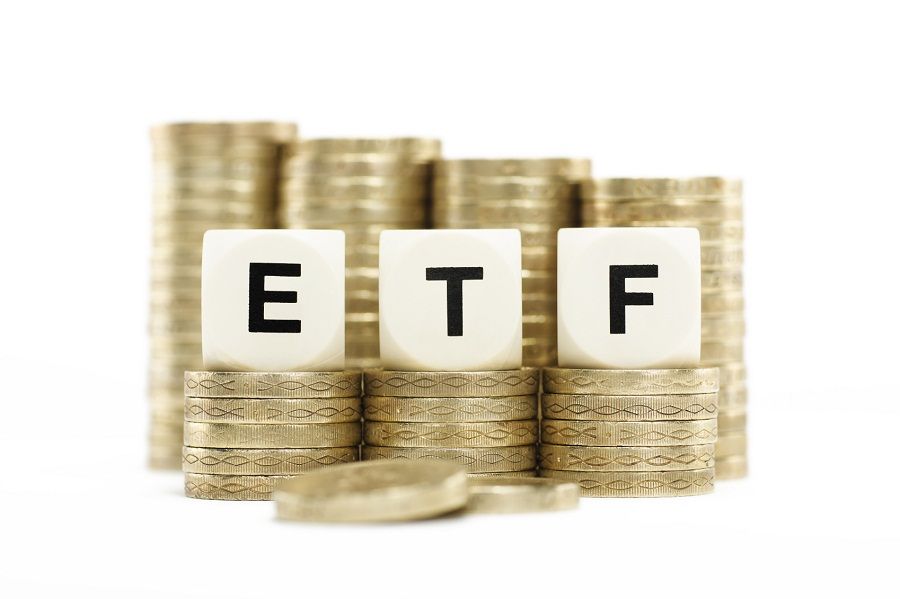Almost a quarter of pension funds across the world have implemented impact investing focused on passive investments, according to a study by DWS and Create-Research.
The organisations analysed 50 of the largest pension funds in North America, Europe, Asia and Australia, which together manage assets of €3.3trn as at July 2022. The results, which have been put together in the report Impact Investing 2.0 – Advancing into public markets, found that 22% of pension funds have already allocated to impact investment funds as part of their passive investments.
Additionally, 58% of survey participants said the growing interest in thematic funds will evolve into impact investing over time and 64% said net-zero targeting will favour impact investing.
The study said demand for impact investing in passives has two clear drivers; first, to reach the global net-zero target by 2050, investments of $100trn are likely to be required; and second, to implement the UN’s 17 Sustainable Development Goals by 2030, annual spending of $5trn to $7trn is needed.
“Private markets cannot raise this capital on their own due to their limited scalability. However, publicly-traded instruments such as funds and ETFs offer both the scale and reach to mobilise the needed capital,” the organisations said.
“As net zero and the UN’s SDGs can be replicated with rules-based indices, such as EU Paris-aligned and EU climate transition benchmarks, SDG index products, green bond indices, as well as thematic passive exposures using ETFs and mandates, these can help impact investing make a breakthrough in the public markets,” it added.
Some 28% of pension funds said they also expect to use SDG and EU Paris-aligned and EU climate transition indices over the next three years.








